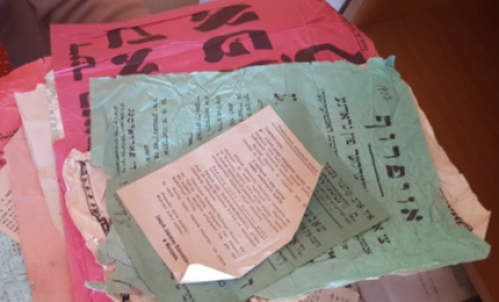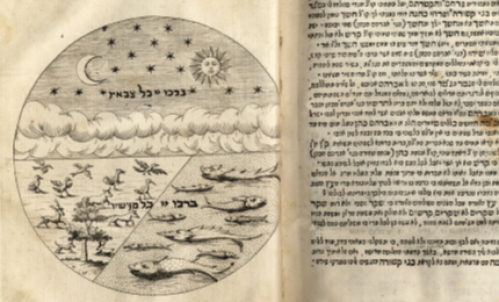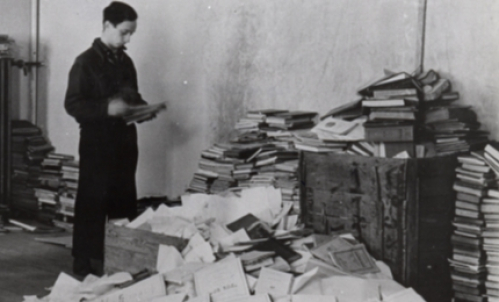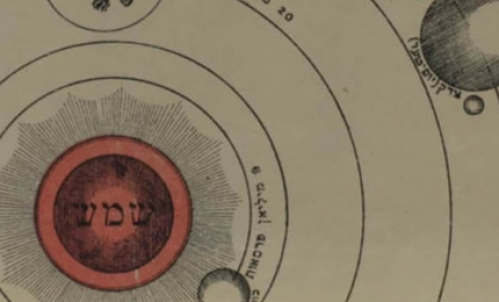Yiddish Fight Club
As part of its mission to study contemporary Jewry, the YIVO Institute for Jewish Research published its first linguistic study in 1926, just a year after its founding. Entitled Filologishe shriftn (Writings on Philology), this scholarly work was published in honor of German-Jewish linguist Alfred Landoy. A hefty academic tome, the volume is filled with articles on topics ranging from a study of Jewish dialects in Estonia to the particularities of noun declension in the Yiddish language, among many others.
Among these scholarly works is a three-page lexicon of Yiddish fighting terms compiled by linguist Hershl Grinboym. In a short introduction, YIVO founder Max Weinreich notes a complaint registered in an 1867 edition of the Varshever yidishe tsaytung (Warsaw Jewish Newspaper) that hinged on a stereotype that Jews were physically weak and avoided fighting. He noted that this sensibility caused detractors of Yiddish to claim that the language itself was a 98-pound lexical weakling, devoid of a vocabulary that dealt with interpersonal violence.
The reality, as Grinboym proved, is that Yiddish is actually quite rich in the physical realm where Jews supposedly feared to tread. Little known to the intellectual classes, fighting words were the rhetorical domain of the undocumented and disdained subclasses of Yiddish speakers; blacksmiths, butchers, porters, wagon drivers, and others who worked with their hands and bodies, who fought with each other and anyone else that dared cross them. Some channeled their fighting prowess into more organized frameworks and joined sports clubs. By the interwar period, professional wrestling and boxing had become very popular among Jews -- as both fans and athletes.
It should be obvious that violence exists in all cultures. While that may not necessarily a good thing, linguistic enrichment comes from all quarters and it is the bottom that often feeds the top. We are fortunate that YIVO’s scholars had the foresight to collect Yiddish vocabulary from all echelons of Jewish life.
Dr. Eddy Portnoy
Senior Academic Advisor & Director of Exhibitions
(212) 294-6139
Yiddish Fight Club traveled to the Yiddish Book Center (Massachusetts 2016).
Fighting Words / ווערטער אויף שלאָגן
The following is a small sample of the fighting vocabulary explored in Yiddish Fight Club:








